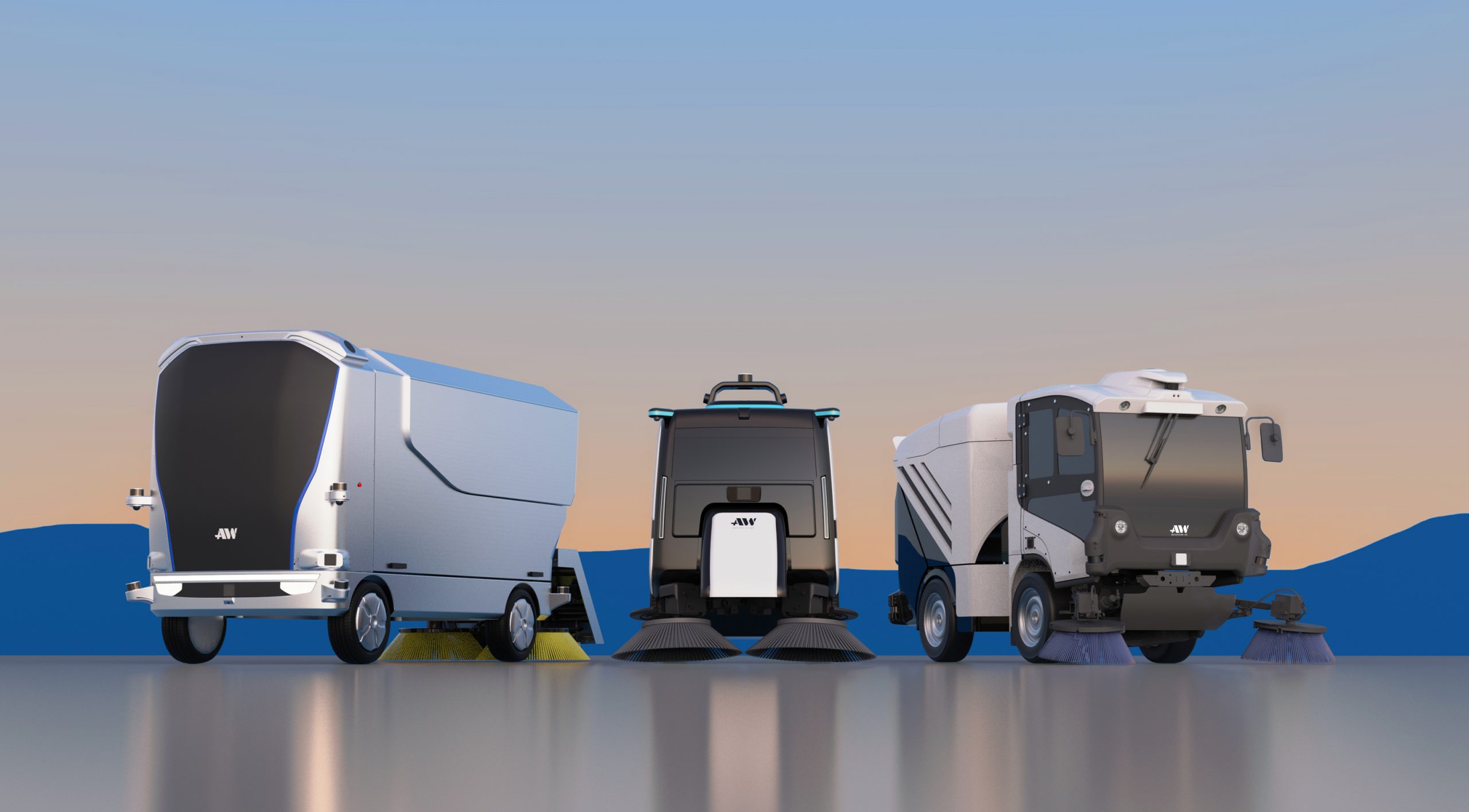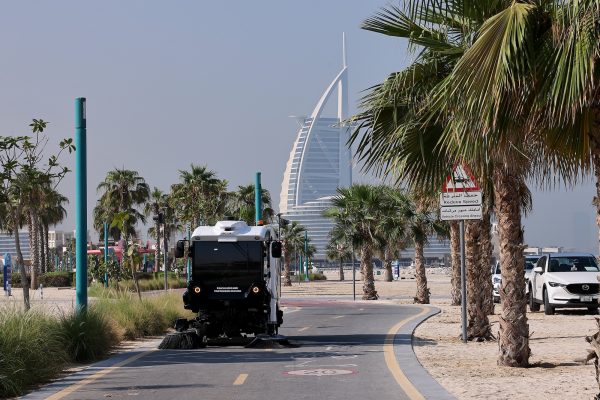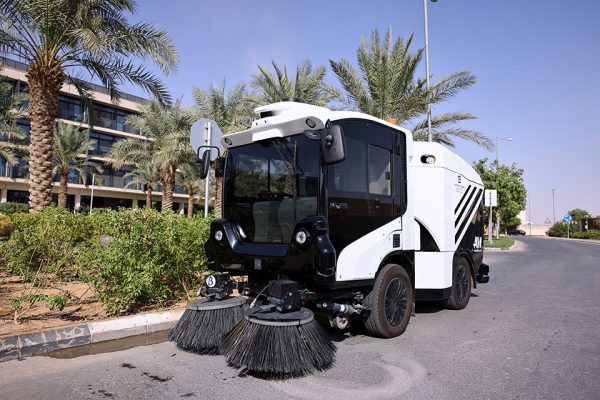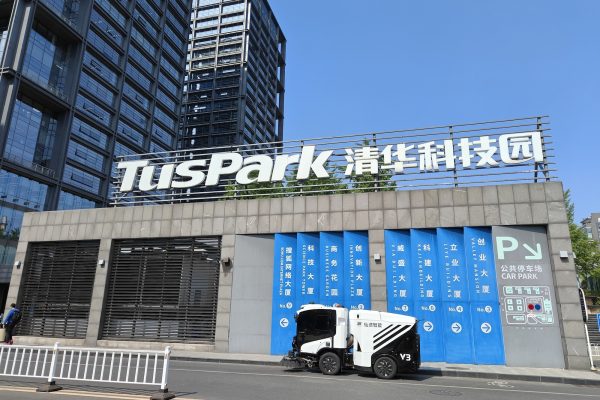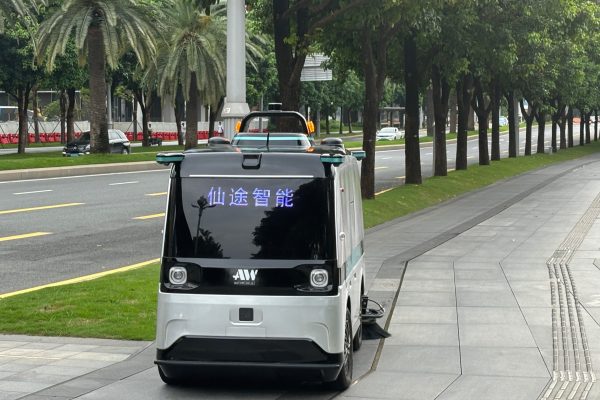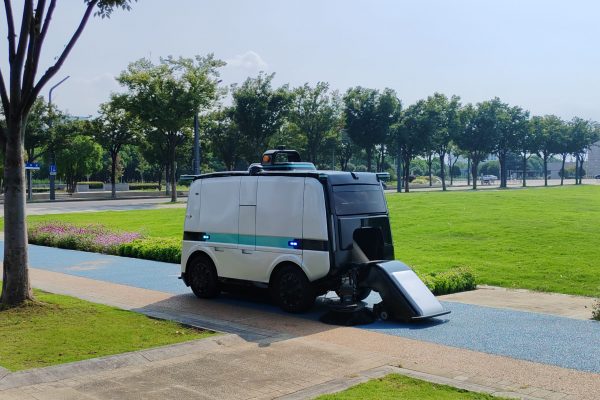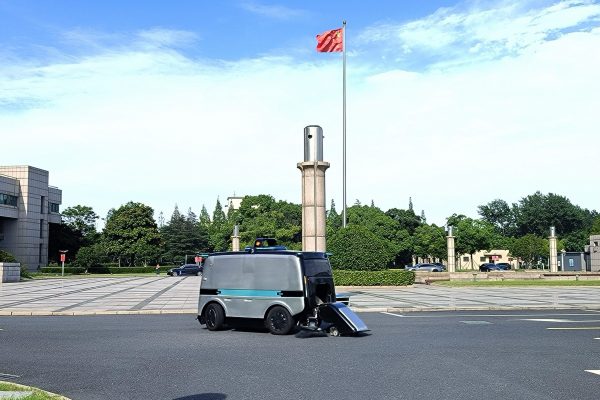In recent years, autonomous driving in specific scenarios has made remarkable progress, fueled by advancements in technology and regulatory support. As robotaxi ventures gain traction and public interest in autonomous driving grows, the development and commercialization of this technology has become a focal point within the industry.
Autowise.ai, a leader in the commercialization of autonomous driving, has built a robust technological foundation in areas such as perception, regulation, and positioning. By continually refining its technology and pioneering the development of multimodal AI models for remote operations, the company has solidified its role as a key player in the productization and commercialization of autonomous driving.
Autonomous driving presents its own unique set of challenges, whether applied to long-haul logistics, or more niche sectors like ports and mines. Each vertical requires solutions for its own “long-tail” problems—those rare, difficult edge cases that are harder to automate.
For example, an autonomous street sweeper like Autowise’s vehicles, which operates on public city roads, must go beyond recognizing cars, pedestrians, and traffic signals. It also has to identify and respond to ground debris, tree branches, hoses, stones, and potholes. This significantly increases the number of corner cases the system must handle.
Autowise.ai has developed an industry-leading BEV (bird’s-eye view) perception module with multitask, multimodal, and cross-temporal capabilities, greatly enhancing its ability to manage long-tail issues in street cleaning scenarios. The system takes panoramic images and point cloud data as inputs and uses a deep neural network to predict five tasks simultaneously, including 3D object detection, semantic segmentation, and garbage detection. By sharing computational resources across tasks, the system reduces the computational load by over 30% while improving accuracy.
To tackle the wide variety of objects and environments it encounters, Autowise.ai’s BEV perception module integrates data from multiple sensors, improving detection accuracy by more than 32.6% over vision-only algorithms. The module also processes multiple frames of point cloud data to enhance motion prediction, reducing average speed prediction error to within 0.29 meters per second. This cross-temporal ability makes Autowise’s systems particularly effective in dynamic, real-world conditions.

For precision tasks like street cleaning, where vehicles must drive extremely close to the curb, Autowise.ai has developed centimeter-level localization with less than a 2cm margin of error. Its 3D trajectory planning algorithms consider the vehicle’s exact dimensions and any nearby obstacles, enabling safe and efficient navigation even in tight spaces.

Autowise.ai’s “AI Safety Officer” offers real-time guidance without increasing the computational load on individual vehicles. This AI solution helps detect high-risk scenarios, such as potholes, construction sites, or children crossing the street, drawing insights from extensive operational data. When necessary, human remote safety officers can step in, assessing the vehicle’s environment through front, rear, and panoramic cameras to provide guidance. Even in areas with weak network coverage, the system ensures autonomous decision-making can proceed, thanks to onboard intelligence.
In more complex situations, remote safety officers can directly control the vehicle using a high-speed, low-latency communication network, enabling what is known as “parallel driving.” This system gives safety officers full access to real-time sensor data and high-definition video feeds, allowing them to steer the vehicle through difficult or emergency scenarios.
This combination of AI safety oversight and parallel driving has made it possible for Autowise.ai to manage multiple vehicles remotely, achieving what it calls “1vN” operations—where one remote officer can oversee five to ten autonomous vehicles. As its data and models grow, Autowise.ai expects to increase the number of vehicles each operator can manage.
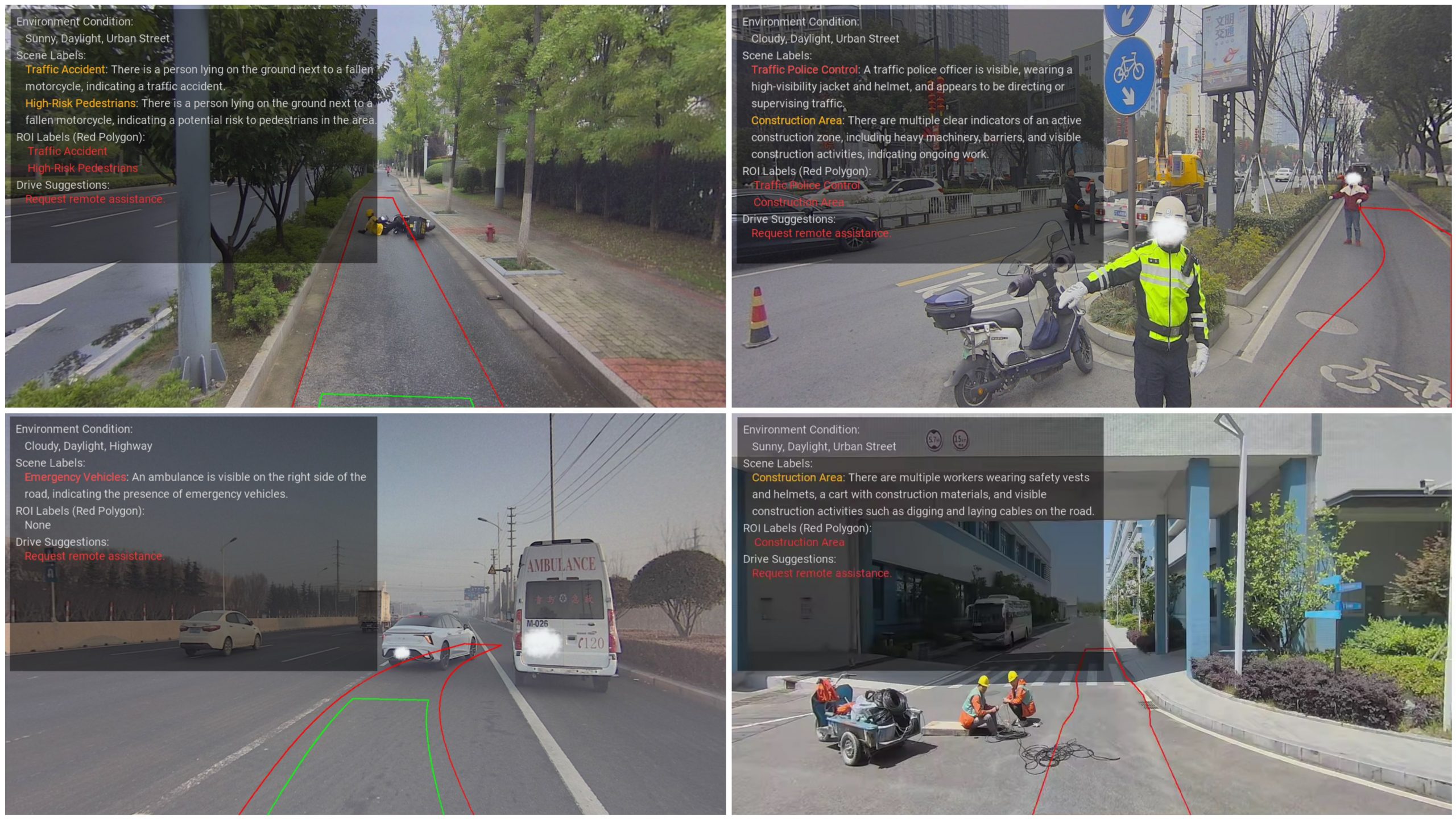
Unlike robotaxi services, which are focused on passenger experiences, commercial autonomous vehicles must meet the specific demands of their clients and the unique environments in which they operate. This often means customizing solutions for each deployment. Autowise.ai has successfully navigated these challenges, earning widespread praise from its customers.
In an industrial park in Massachusetts, for example, roads are unstructured and lack lane markings. The site often has large trucks parked along the sides of the road. Autowise’s autonomous cleaning vehicles not only perform edge-to-edge cleaning but also dynamically plan routes and clean empty spaces in real-time. The company’s deep learning algorithms extract geometric features from the BEV perspective to detect road edges, while prior knowledge from map data enhances the system’s robustness in more challenging conditions.
In the Middle East, Autowise.ai tackled extreme heat and sandstorms by adapting its vehicles to operate in temperatures between 50-65°C. The company made adjustments to its electric, hydraulic, and cleaning systems, as well as the vehicle’s body and interior, to ensure reliable performance in these harsh conditions.
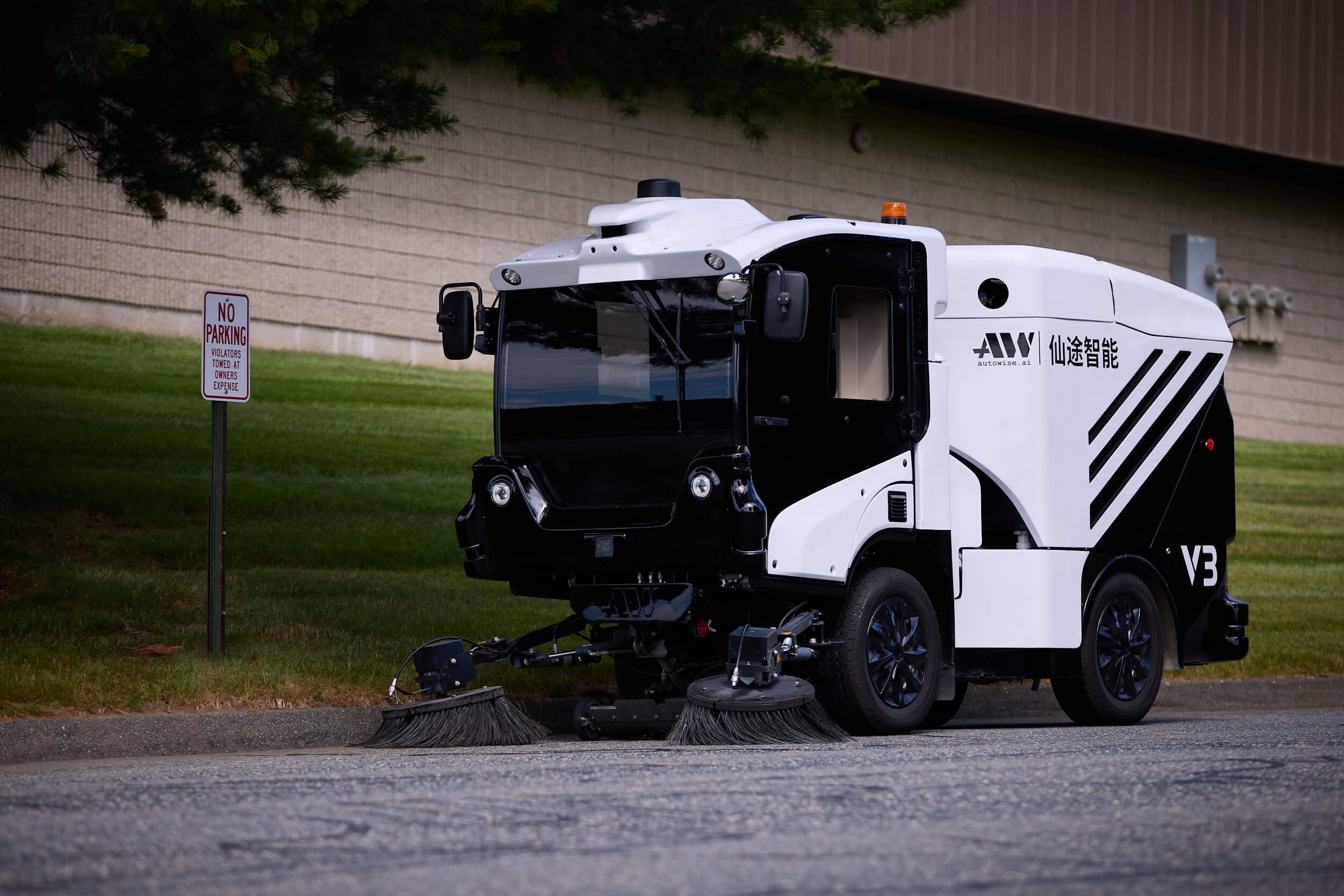
Autowise.ai has commercialized its services in more than 30 cities globally, thanks in large part to its efficient deployment teams. With a well-established service network, the company can quickly set up new projects, sometimes completing high-precision mapping and full deployment in just one day—a speed that is nearly 50% faster than the industry average.
Autowise.ai’s R&D center provides 24/7 technical support, ensuring that vehicles across different time zones are always ready to serve clients. In 2024 alone, the company successfully completed over 130 deployments, cementing its reputation for operational excellence.
By combining AI advancements with efficient management strategies, Autowise.ai is not just leading the charge in autonomous driving commercialization—it’s creating a blueprint for the future of smart, automated city services.

